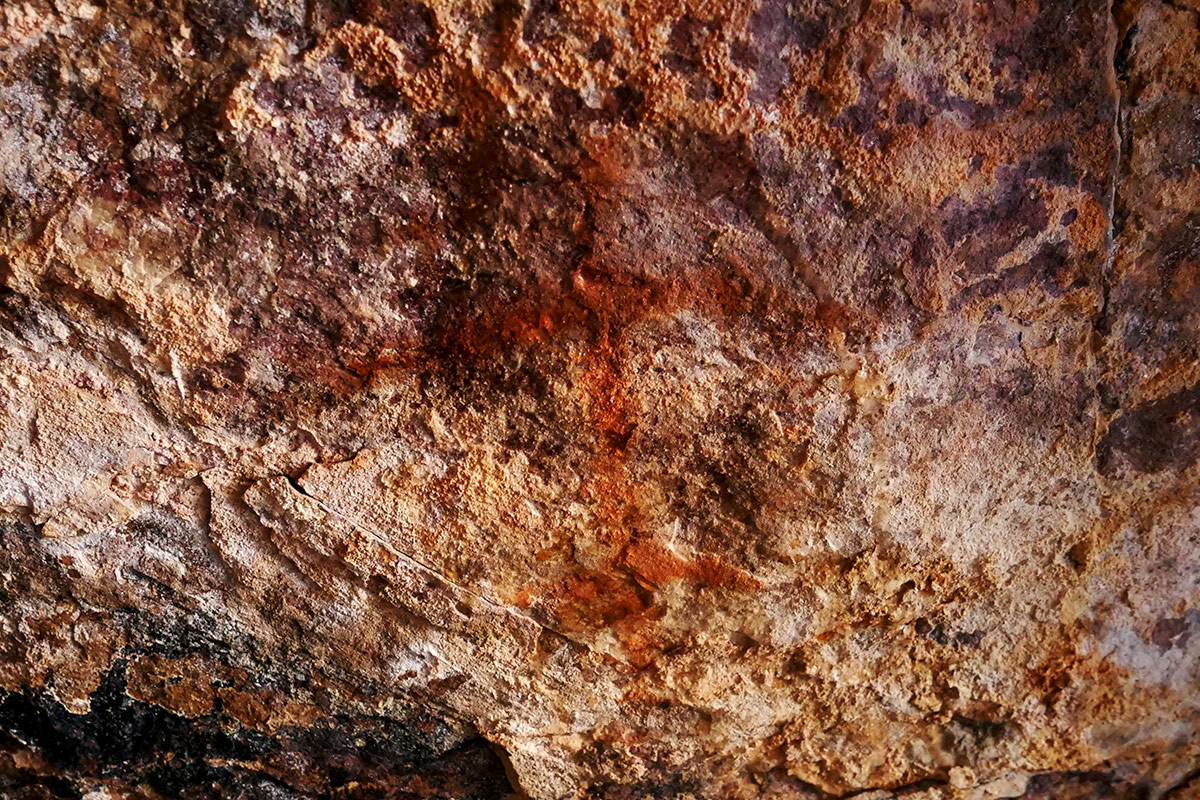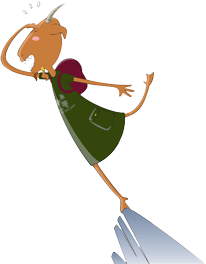



The route starts from the road from Solana to Berzocana (CC 22.4) about 2 km from the latter village. It starts with the trail which gives access to the La Sierra estate and runs eastwards until it reaches the steep cliffs of the Canchos de Las Sábanas (Sheet Rocks), one of the most spectacular geosites in the Geopark which includes three shelters with cave paintings which can be visited on this path.

This itinerary is short but demanding as it includes some very steep climbs on paths with loose stones. The first section as far as the country cottage of the La Sierra estate follows a dirt track in good condition through a fine mixed woodland of Pyrenean oaks (Quercus pyrenaica), cork oaks (Quercus suber), and chestnut trees (Castanea sativa). After this country cottage the trail become steeper and soon takes a path which leads to the first shelter, that of the Cancho de Las Sábanas which is hidden at the base of the quartzite mass of the same name. From here, returning to the trail started at the country cottage, we rise on another path to the shelters of Los Morales and Los Cabritos which are barely 50 metres from each other. These three hollows together with the Risquillo de Paulino, about 5 km south of Berzocana, make up the ensemble of cave paintings of this municipality, the ages of which vary from the Chalcolithic to the Bronze Age (between 4000 and 1000 B.C.).

Again starting at the country cottage and following the path onwards we come to the surprising Cabeza del Moro, a tor of the same Armorican quartzite formation of the Canchos de Las Sábanas. In the sky the following birds are frequently seen: the griffon vulture (Gyps fulvus), the Egyptian vulture (Neophron percnopterus), Bonelli’s eagle (Hieratus fasciatus), the peregrine falcon (Falco peregrinus), the blue rock thrush (Monticola solitarius), the jay (Garrulus glandarius), the great spotted woodpecker (Dendrocopos major), and the hawfinch (Coccothraustes coccothraustes).
